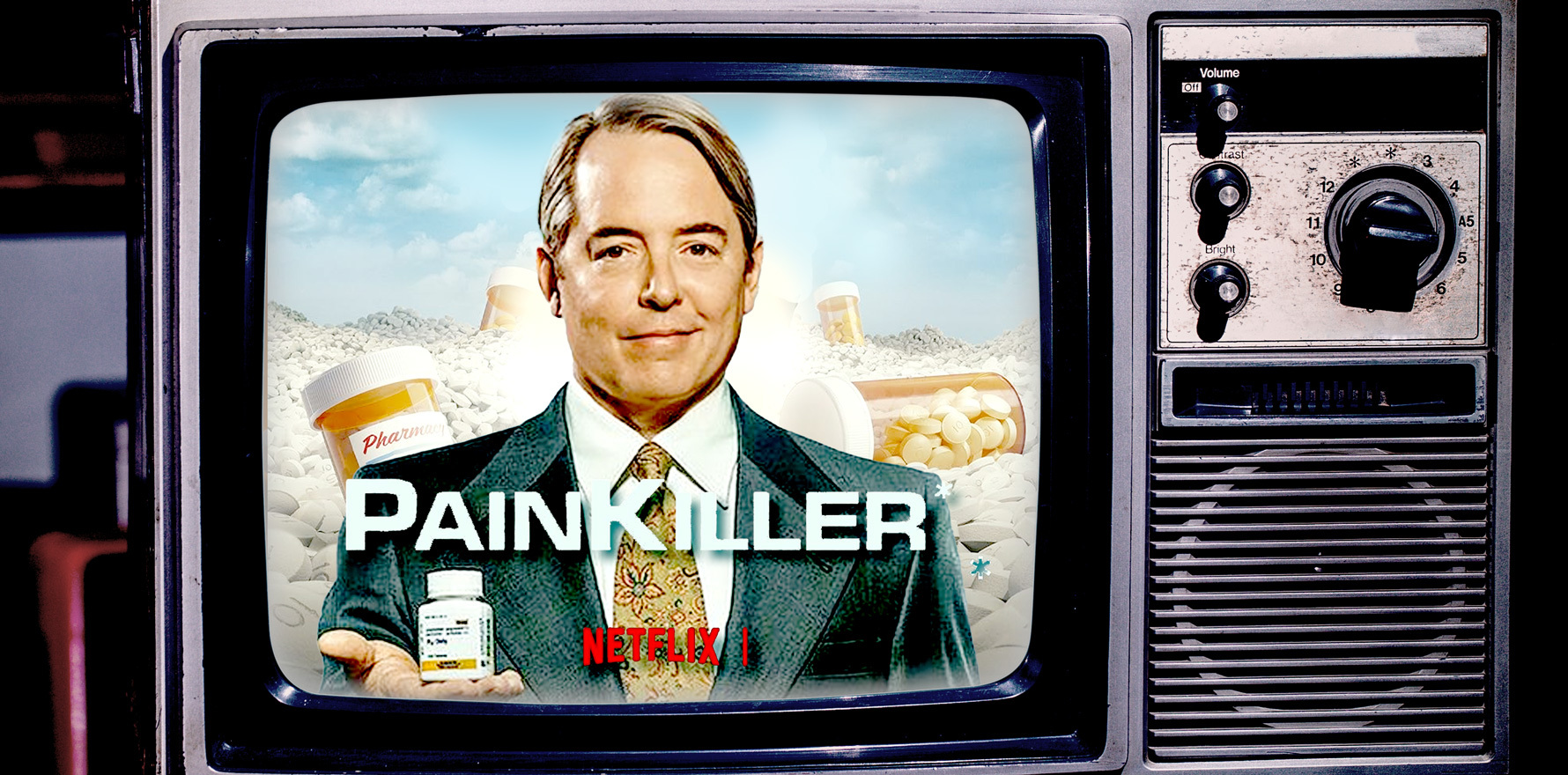A recent conference presentation explores if and how opioids are portrayed in the media changes perceptions towards pills, patients and prescribers.
Can binge-watching TV negatively affect how people feel about opioids and healthcare professionals?
Public engagement with the opioid crisis has reached new levels in recent times on the back of Painkiller and Dopesick, two drama miniseries exploring the origins of the opioid epidemic in the United States. But how do shows like these – along with music, movies and social media – impact patients’ perceptions of opioids, chronic pain, addiction and health professionals?
This is a question Tori Burfield, a perioperative pharmacist from the Princess Alexandra Hospital in Queensland, addressed in a topical session at the 44th Annual Scientific Meeting of the Australian Pain Society, held in Darwin last month.
“I never thought I would be talking about [Netflix and Disney+] at a national conference,” Mrs Burfield told delegates.
“I had just returned to work following two years of maternity leave, and in the midst of wrangling my two-year-old twins, I started to wonder whether patients have been watching the same TV shows I’d been bingeing.”
The idea that TV shows can influence beliefs and behaviours isn’t exactly new. The concept of social learning theory – which suggests new behaviours can be learned by watching and copying others – was first proposed in the 1940s.
More recently, Canadian researchers found movies can unfavourably (and inaccurately) portray people with chronic pain as a burden to others, the doctors that treat them as being unempathetic and that opioids and other pharmacological approaches are the best (or only) way to manage pain.
“[Negative portrayals of healthcare professionals] have the potential to adversely affect the therapeutic relationship between physicians and patients, such as causing distrust of physicians or even trepidation about seeking care,” the researchers wrote.
Mrs Burfield applied the qualitative content analysis approaches used by the Canadian researchers to her experience watching Painkiller and Dopesick.
“When I think about the patients who are in these TV shows, you see people who are quite vulnerable. You’re able to see their pathway where they go from treating acute pain to some form of addiction. And you can really see the impact that’s had on their relationships with family and friends,” she explained.
But Mrs Burfield was more alarmed by how these shows portray healthcare professionals, and what perceptions of healthcare professionals patients may walk away with after watching.
“These shows portray medical professionals being manipulated by pharmaceutical companies, with doctors prescribing based on what the drug reps suggest.
“As a healthcare professional watching these shows, I found it really hard to wrap my head around the fact there could be truth to any of these storylines, with doctors prescribing for their own gain [and] from their own additions to financial benefits.
“I thought about my own health service and the rigorous processes involved in trying to add any new medication to our formulary. I found it hard to [believe] there could be a hospital influenced by pharmaceutical companies to these levels.
“Part of me thinks this has to be made for the movies, [where] they add the drama to make it exciting for people to watch. And I’m sure there’s a degree [of truth in that], but I don’t think all of it is.”
Mrs Burfield was also worried that history could repeat itself with newer opioids like tapentadol, which is claimed to have less potential for abuse compared to older drugs like oxycodone.
Early evidence suggested there was less risk of abuse for tapentadol compared to oxycodone. An Australian study of 120,000 postoperative patients found those receiving modified release tapentadol had 19% lower odds of persistent usage in both opioid-naïve and opioid-experienced patients compared to oxycodone.
She called for “health professionals [to] put patients first and practice evidence-based medicine without being swayed or wined and dined by pharmaceutical companies”.
“A world without opioids is not safer,” Mrs Burfield concluded.
“We just need to use them judiciously to ensure we can optimise both patient care and patient safety.”


